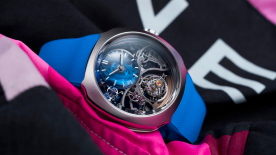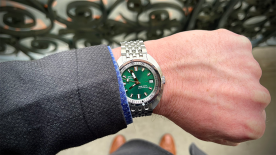At the beginning of the 20th century, when the pocket watch migrated from the pocket to the wrist, problems with water resistance started to arise due to its exposure to the elements. To overcome this problem, watchmakers made various attempts to rectify the problem, resulting in several patents relating to water resistance.
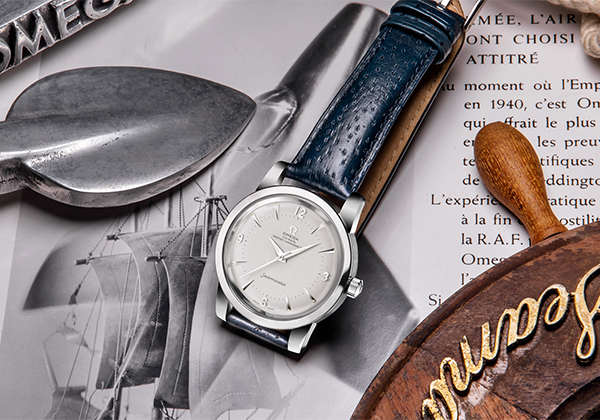
On 30th October 1925, Paul Perregaux and Georges Perret from the La Chaux-de-Fonds, filed a patent for a watch whose screwed-in crown ensured water resistance at the winding stem. They sold their rights to Hans Wilsdorf, founder of Rolex S.A. watches, who then obtained the patents for the brand’s famous Oyster models. This timepiece, whose shape allowed for optimal water resistance, would greatly influence the case shapes of water-resistant watches to follow. In 1927, Mercedes Gleitze swam the English Channel with a Rolex Oyster on her wrist.
Following this highly publicized event, which had a hugely positive impact on the development of the brand, water-resistant watches continued to evolve, and continue to do so today. The 1953 Rolex Submariner, the 1953 Blancpain Fifty Fathoms, and the 1948 Omega Seamaster are just a few examples.
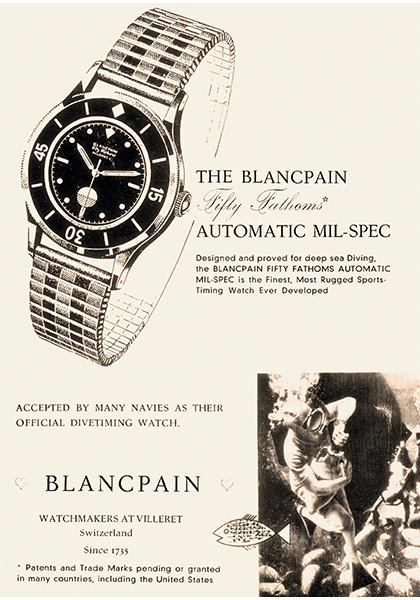
In 1960, wishing to push the limits of water resistance even further, Rolex fixed one of its Oyster models to a submarine, the Bathyscaphe Trieste, piloted by the Swiss professor Auguste Piccard. This watch beat all the records when it reached a depth of 10,916 metres in the Mariana Trench in the Pacific Ocean where the pressure exerted on the watch was greater than one ton per square centimetre. The brand repeated this feat in 2012 with its Deepsea Challenger which reached a depth of 10,908 metres.
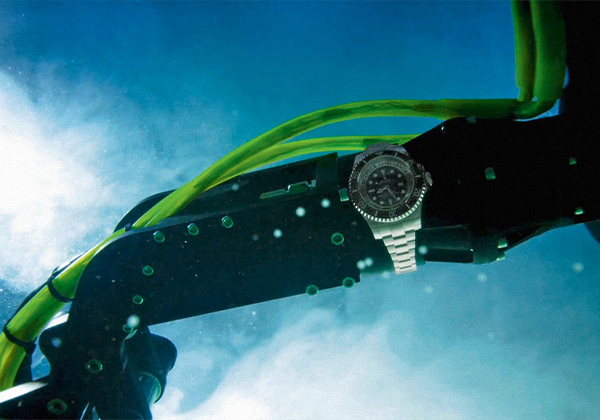
Today, water-resistant watches must comply with and pass the tests required by the applicable international standard. These watches are intended for everyday use only and must withstand water during exercise, such as recreational swimming. However, whether they have a higher water resistance or not, they are not intended for scuba diving.
The so-called diving watches are wristwatches that must meet more advanced and specific standards for deep-sea diving.




